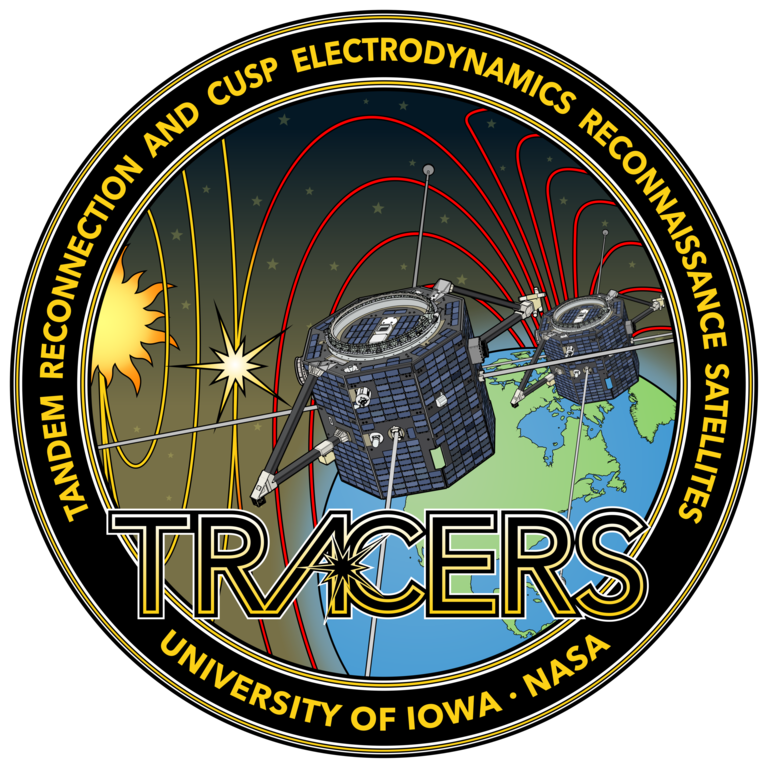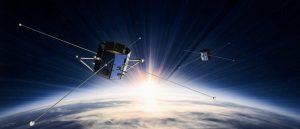UI is key partner on NASA mission to probe mysteries of solar wind
July 18th, 2025 by Ric Hanson
(Radio Iowa) – A robotic space mission is scheduled for launch later this month to study what’s known as space weather, and the University of Iowa is the lead institution on the 166-million dollar project, called TRACERS. Professor David Miles, in the U-I’s Department of Physics and Astronomy, is the mission’s principal investigator. “TRACERS stands for the Tandem Reconnection and Cusp Electrodynamics Reconnaissance Satellites,” Miles says, “but really what TRACERS is doing is, it’s going to study how the output of the sun couples to near-Earth space.” The mission involves twin spacecraft that will focus on space weather, which is responsible for beautiful phenomena like the Northern Lights, but also for technological turmoil, like when satellites stop working — cutting off our phone calls, T-V shows and G-P-S navigation systems. Miles says space weather is always shifting and they want to learn more about why. 

NASA illustration of TRACERS
“The sun is a burning, fiery ball of plasma, and as it burns, it blows off an exhaust that we call the solar wind, and that’s always streaming from the sun towards the Earth,” Miles says. “Sometimes the magnetic field of the Earth basically stands it off in the same way that if you have a rock in a stream, the water kind of flows around it.” The two spacecraft will be placed in Earth orbit and will be flying into those areas where the solar wind and the planet’s magnetic field meet. “We have two spacecraft and they’re going to follow each other in a very close separation, so, one spacecraft goes through, and 10 to 120 seconds later, the second spacecraft comes through,” Miles says. “That gives us two closely spaced measurements that allow us to pick apart, is something accelerating and slowing down? Is something moving around? Is something turning on and turning off?”
Key instruments onboard the two spacecraft were designed and built at the Iowa City institution and they’ll be launched aboard a single rocket from Vandenberg Space Force Base in California, sometime before the month is out, though a specific date isn’t yet set. With the U-I serving as the lead institution on the $165.7-million mission, this marks the largest external research award in university history.


